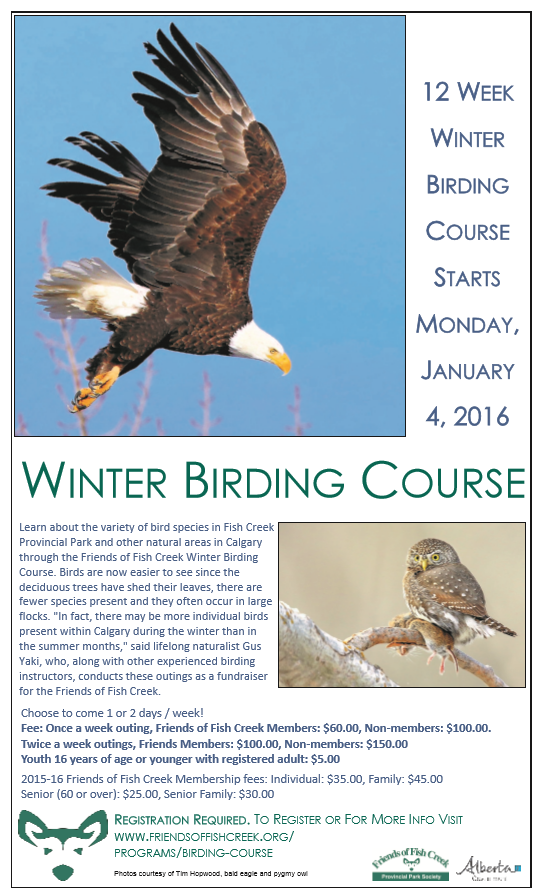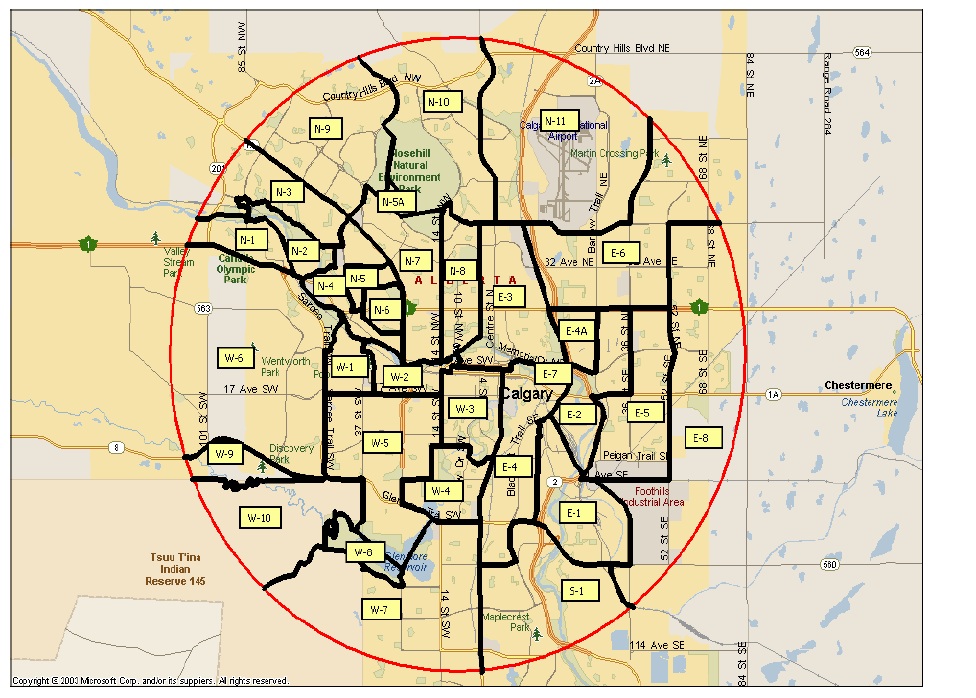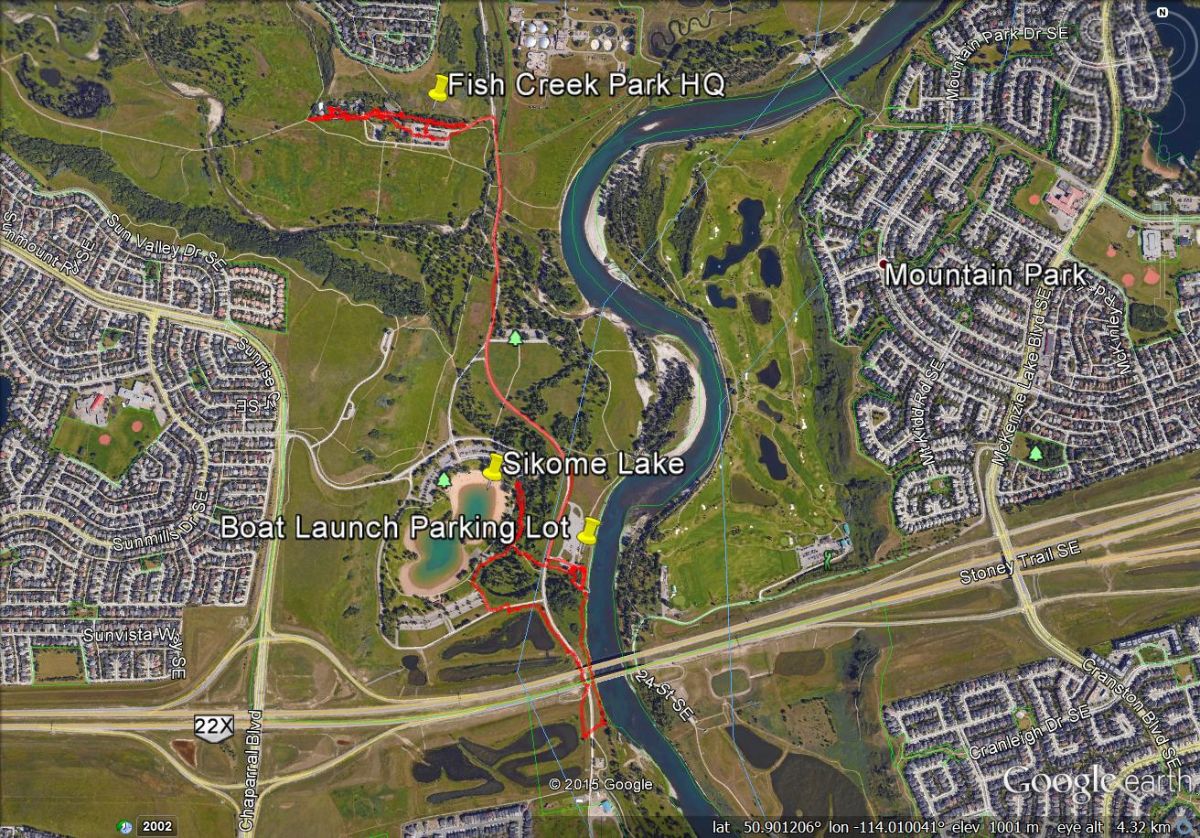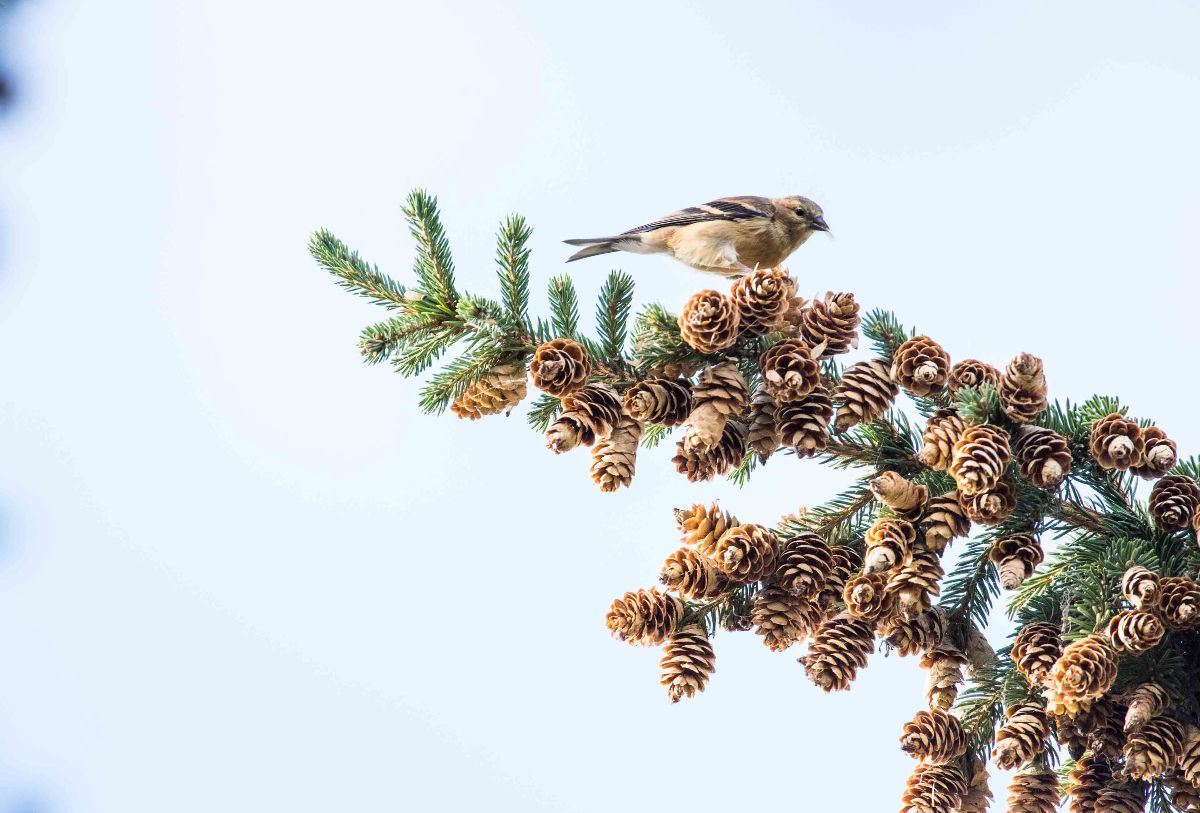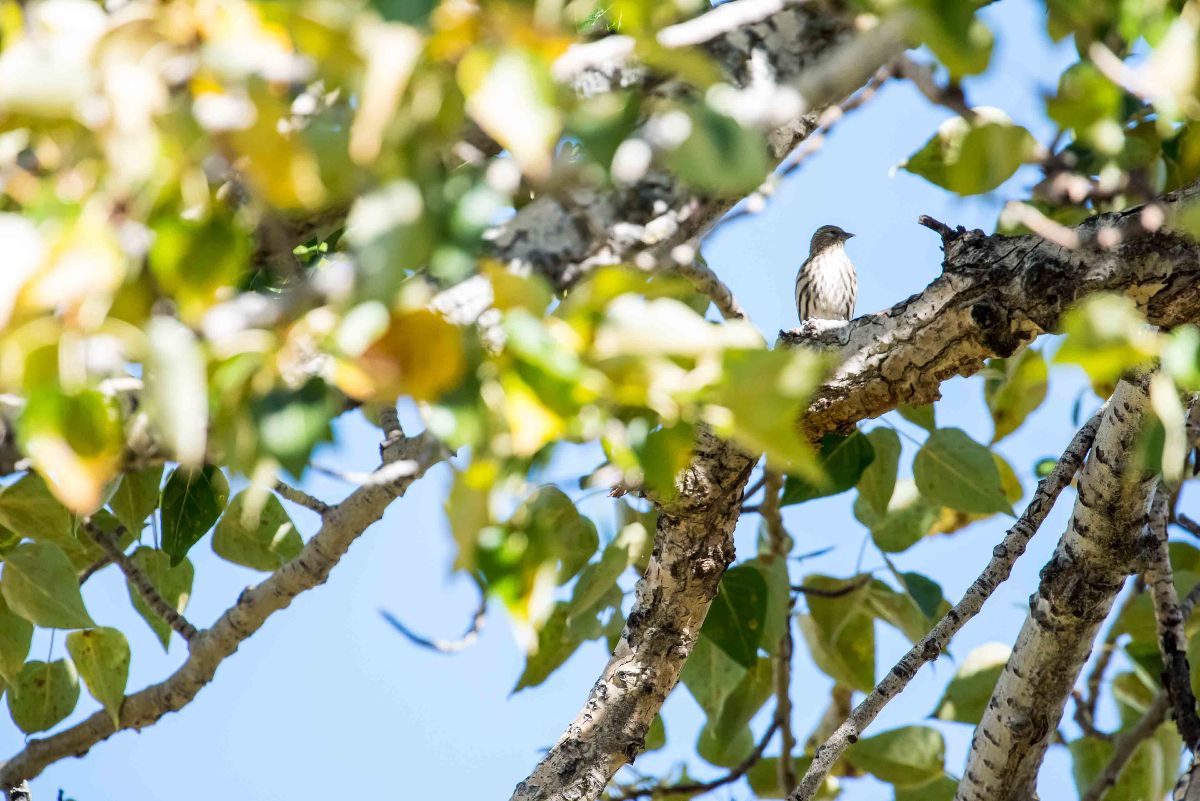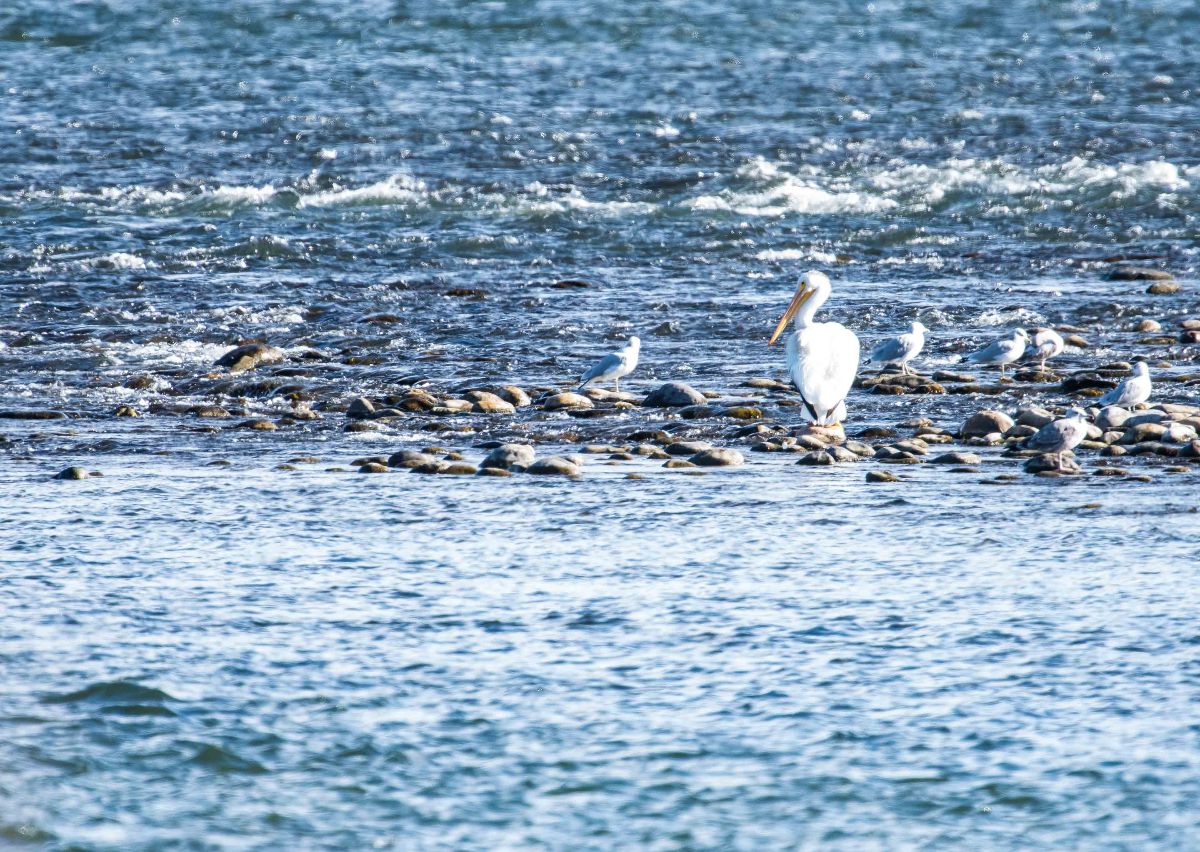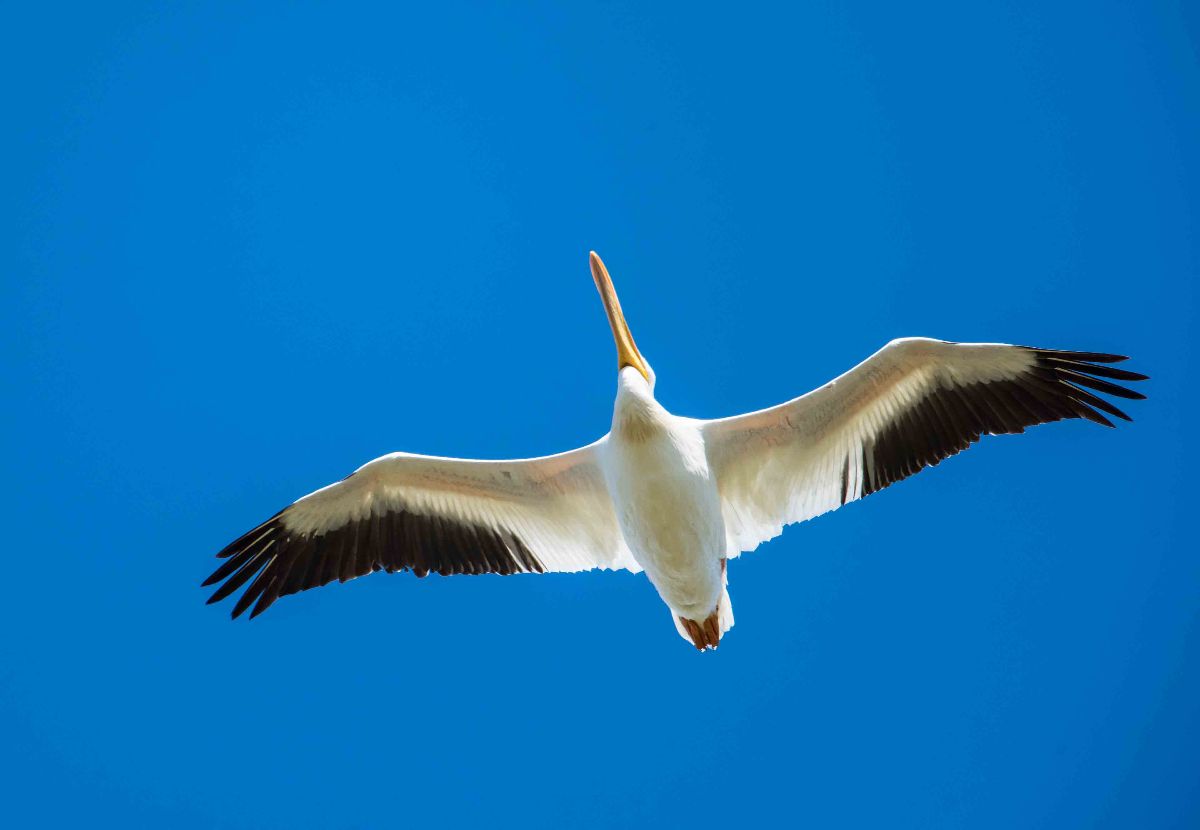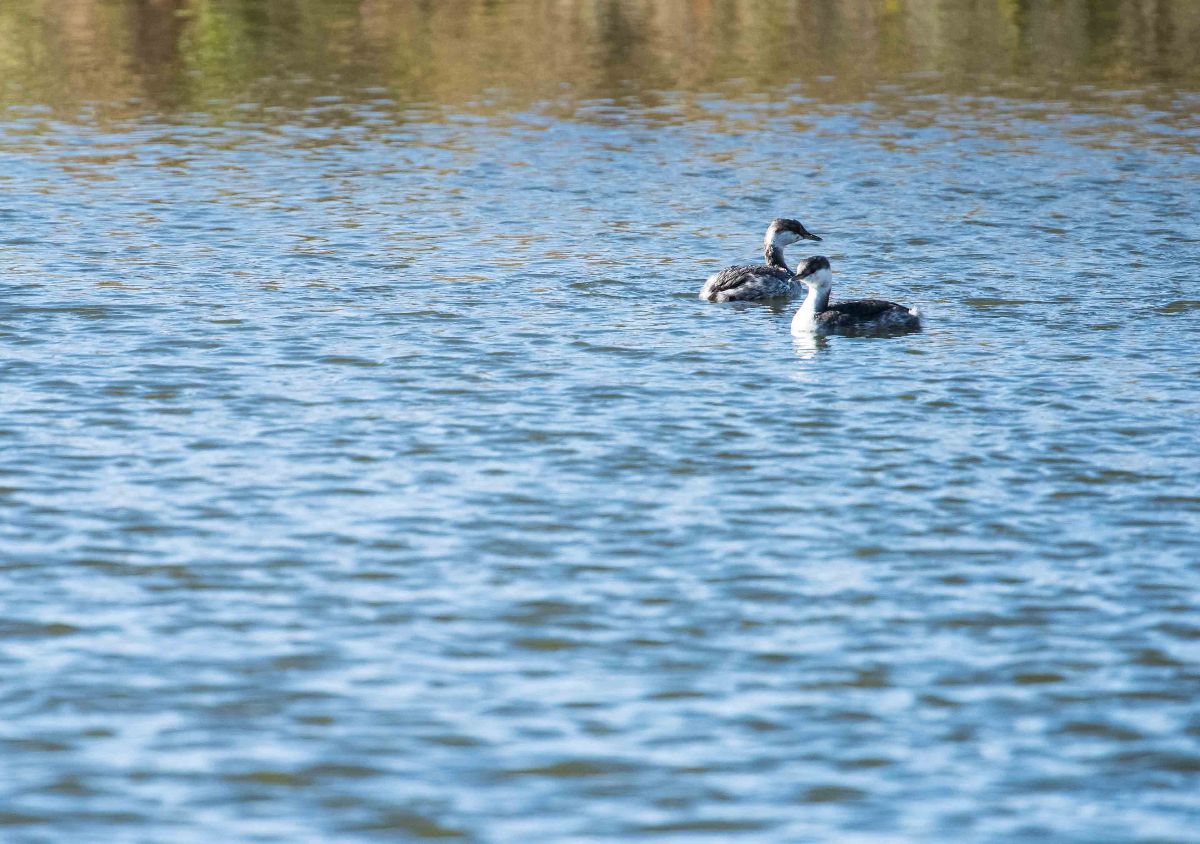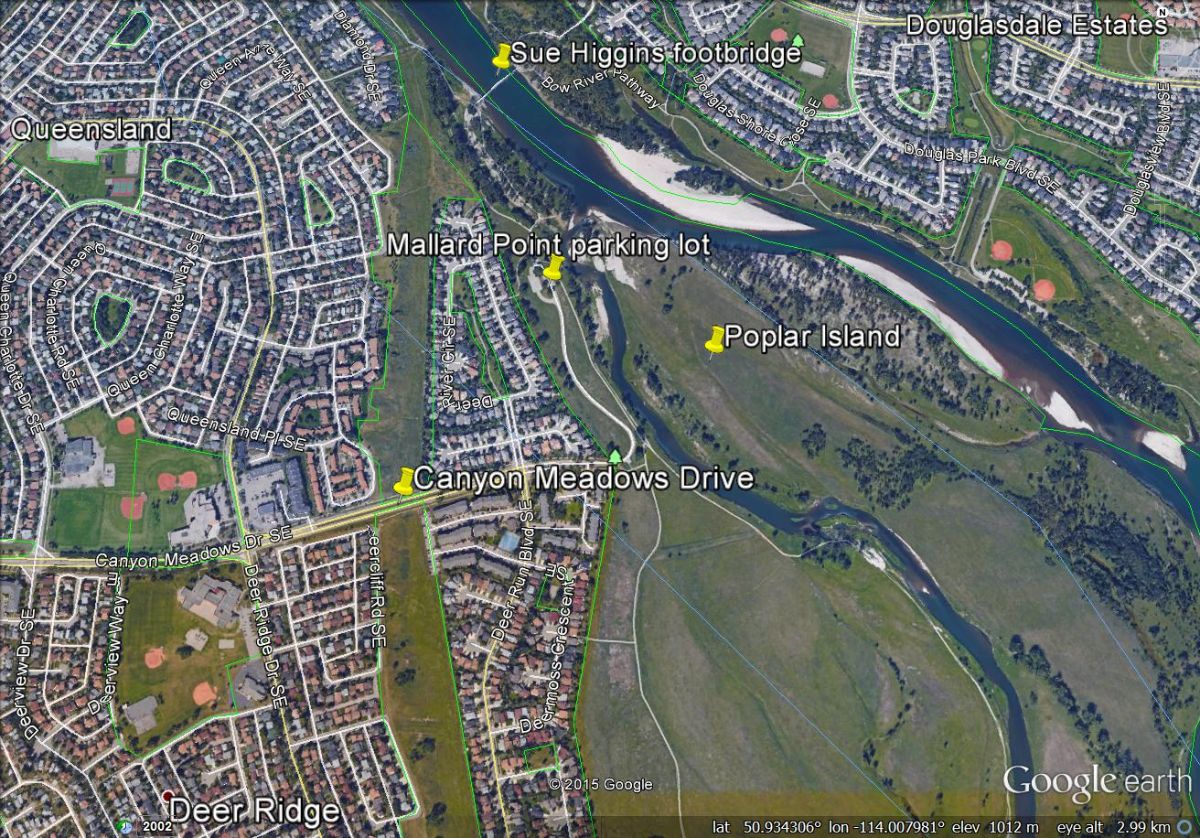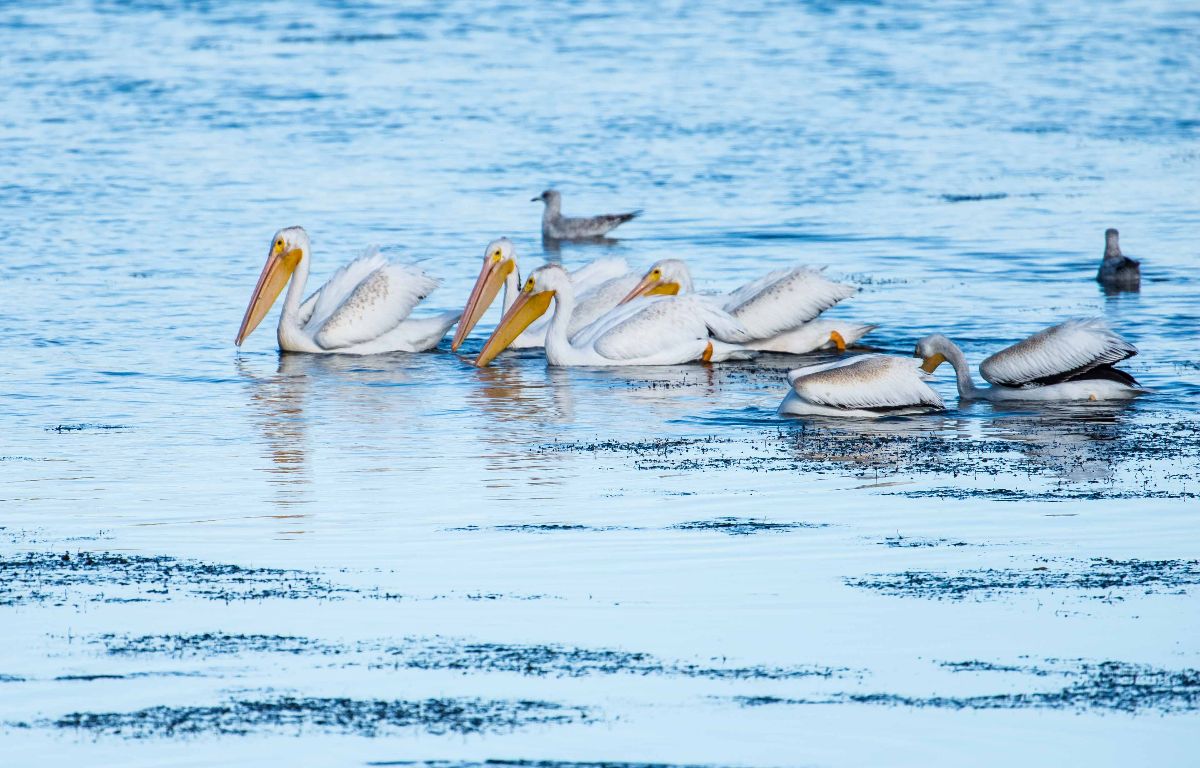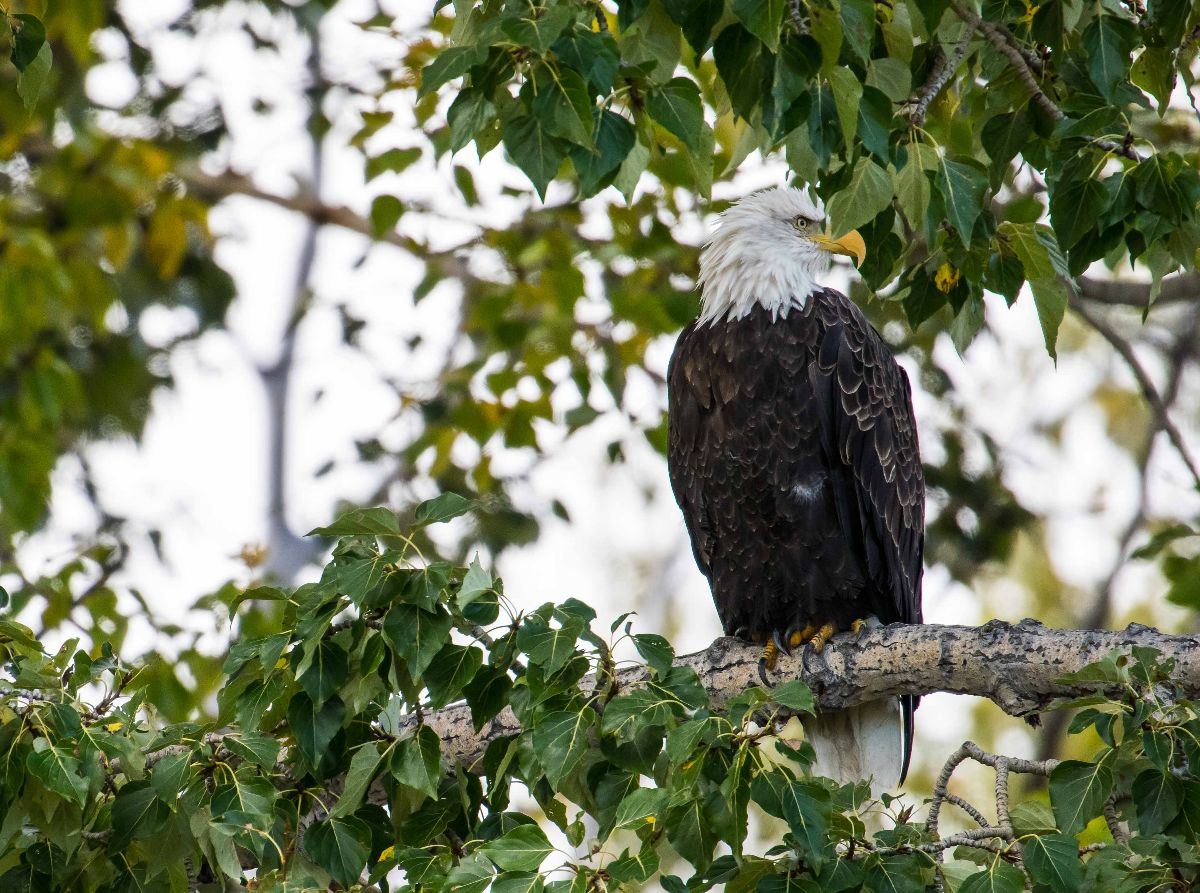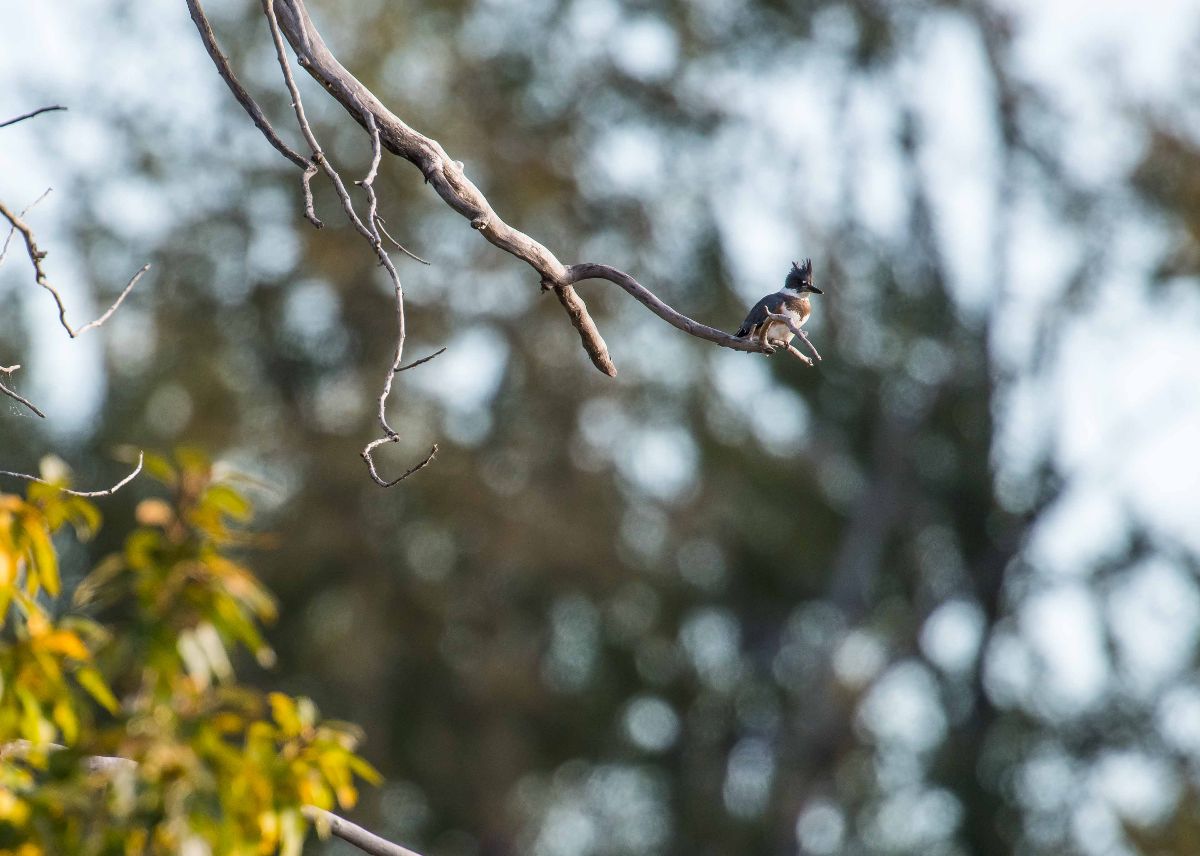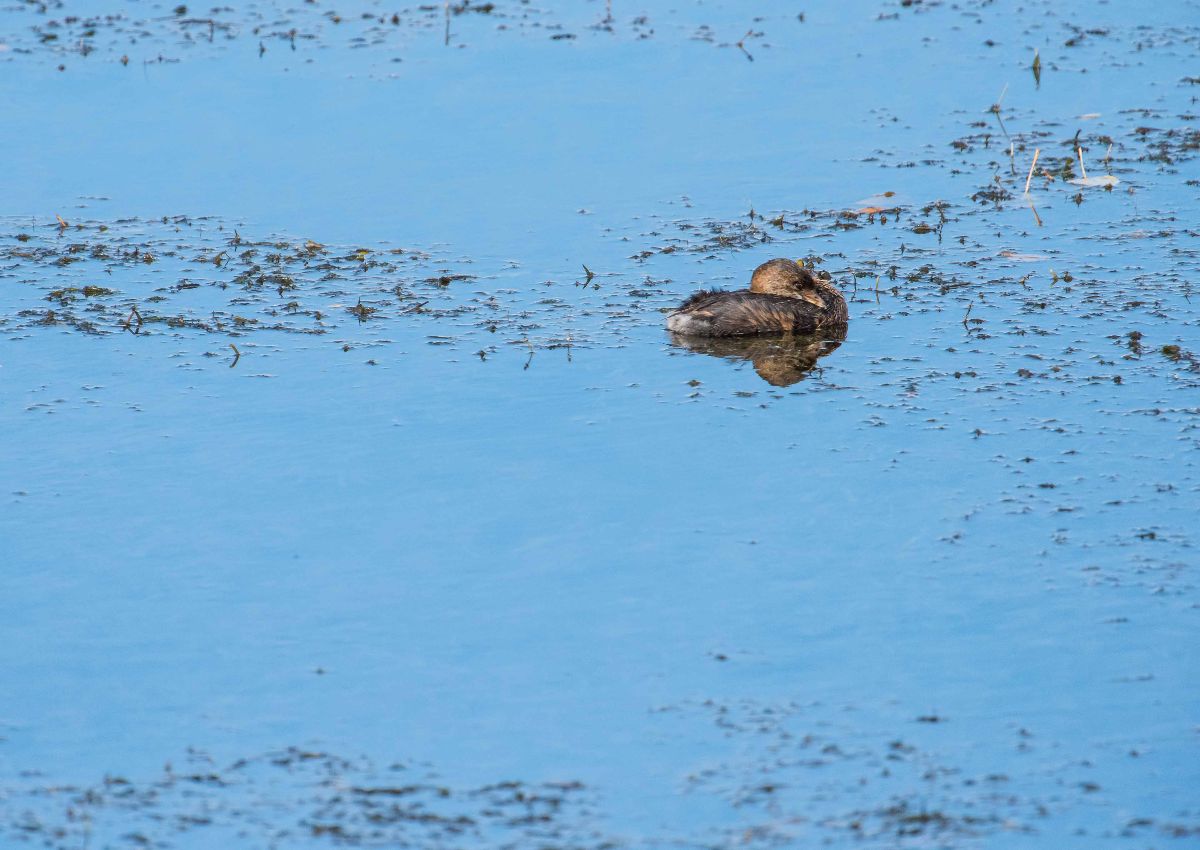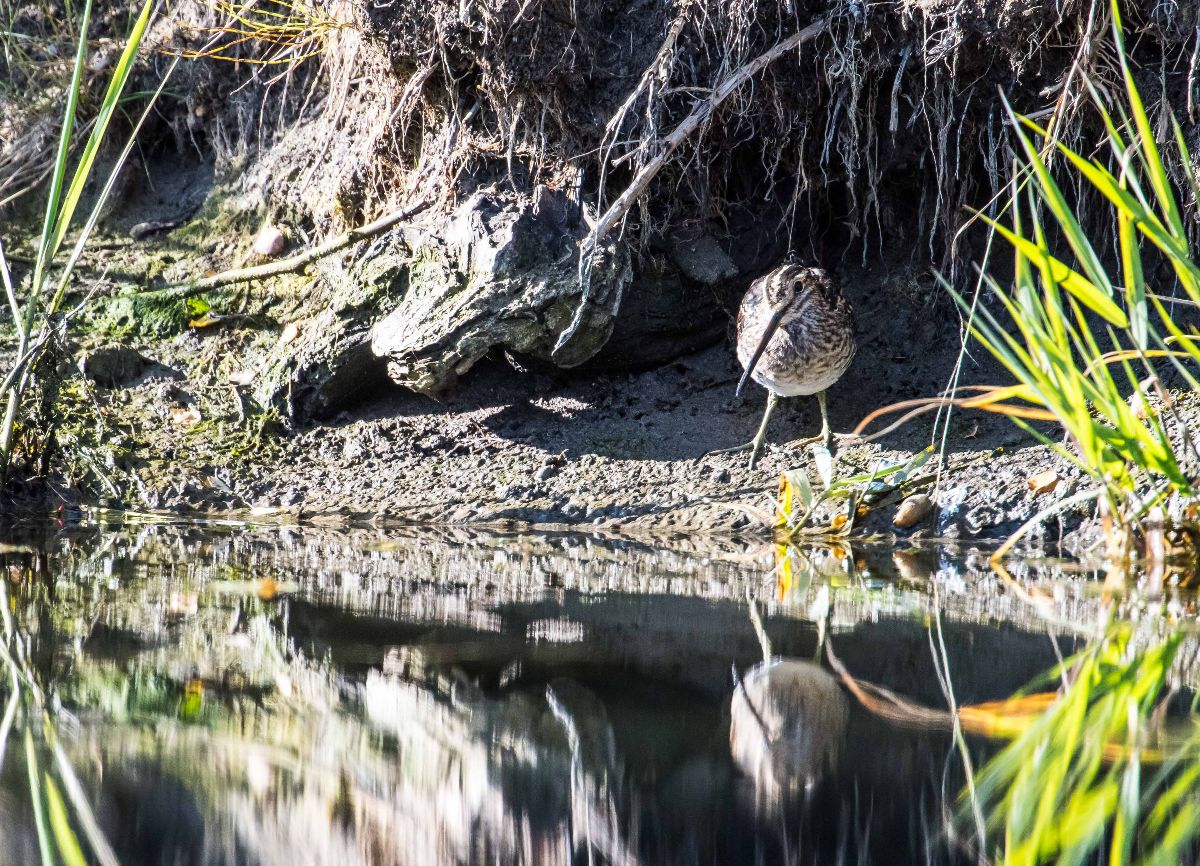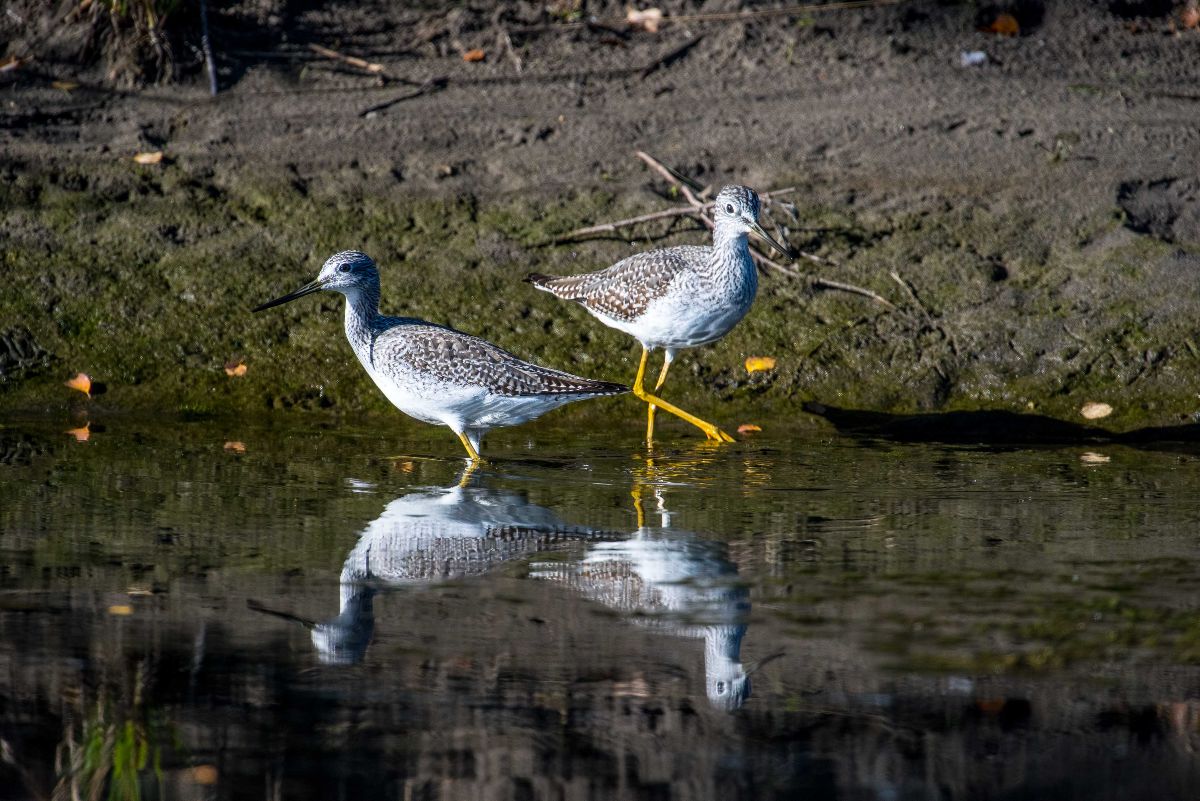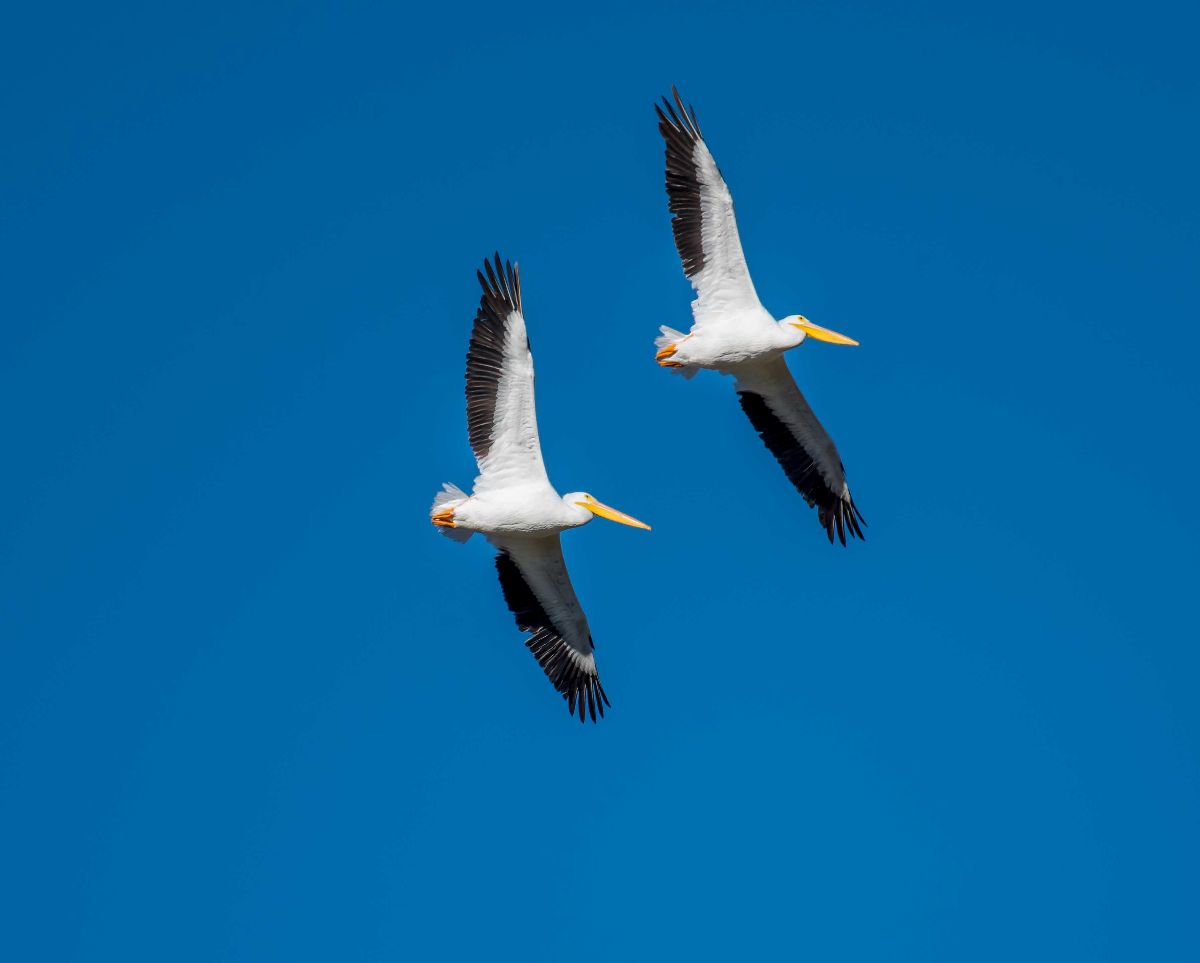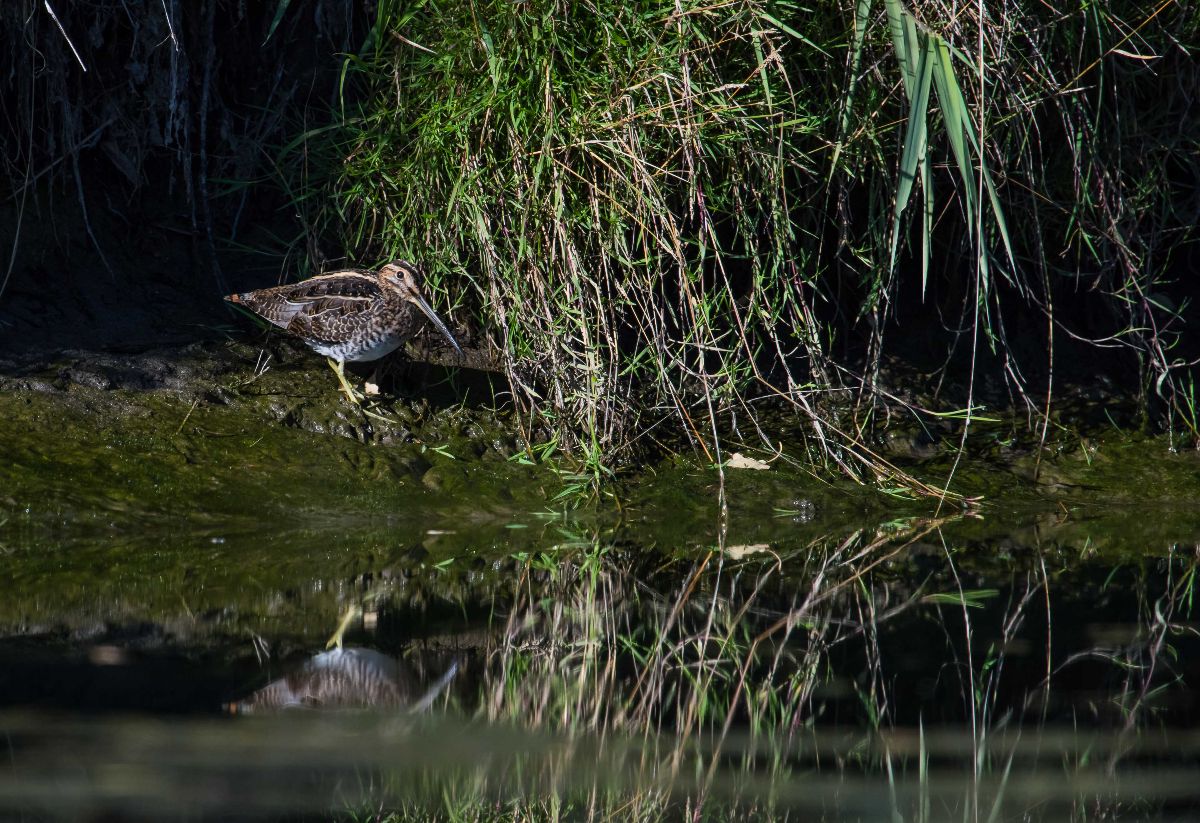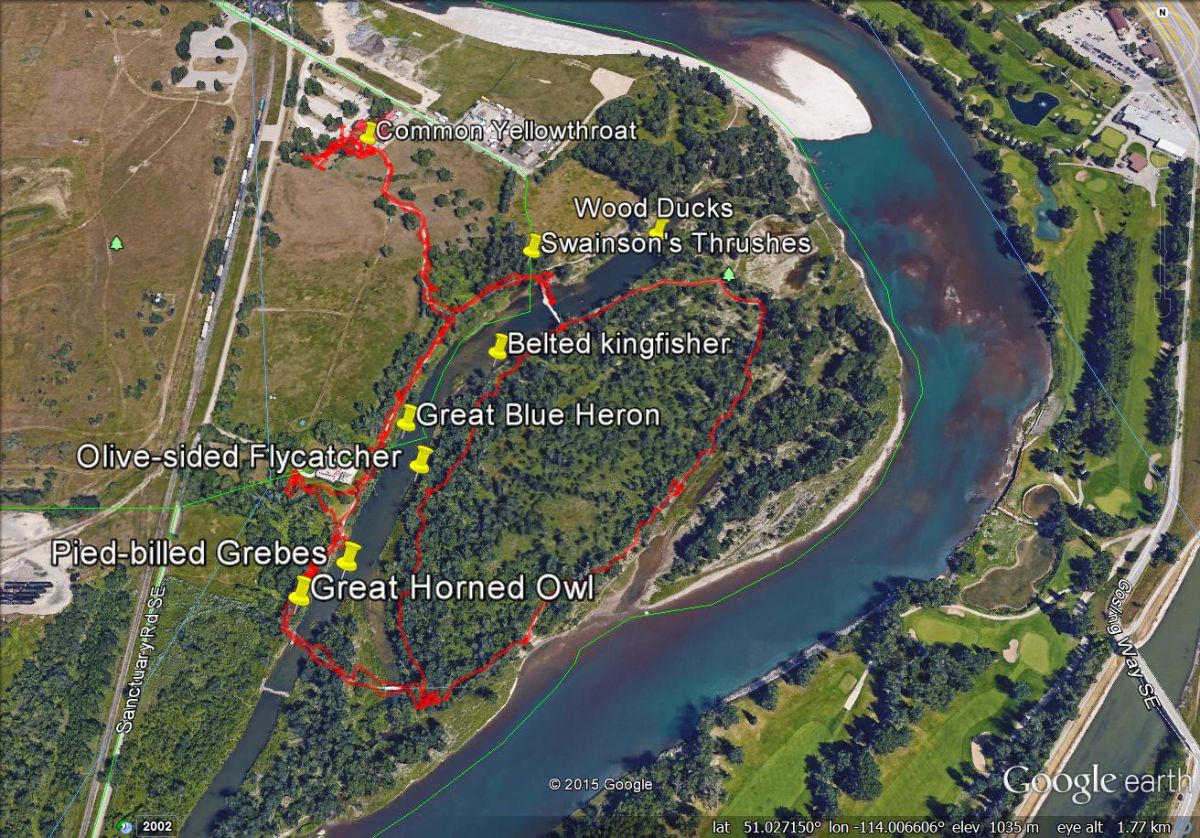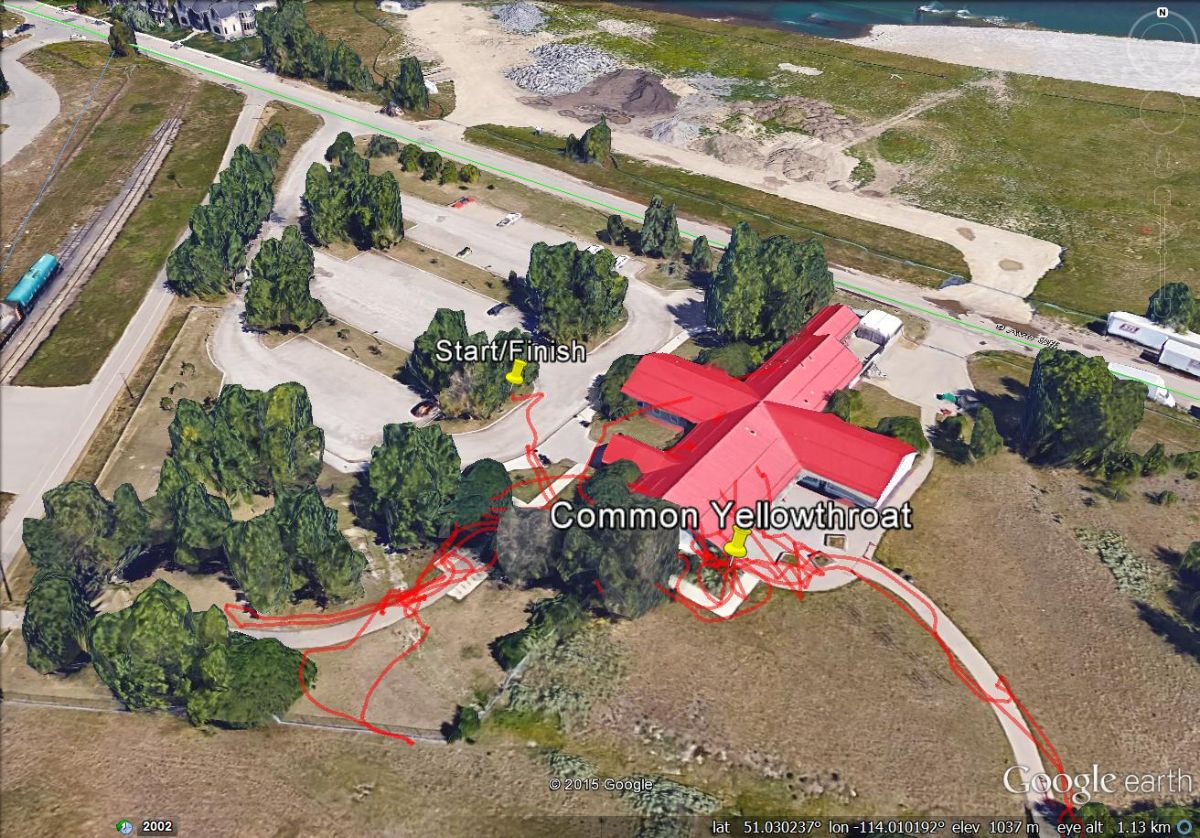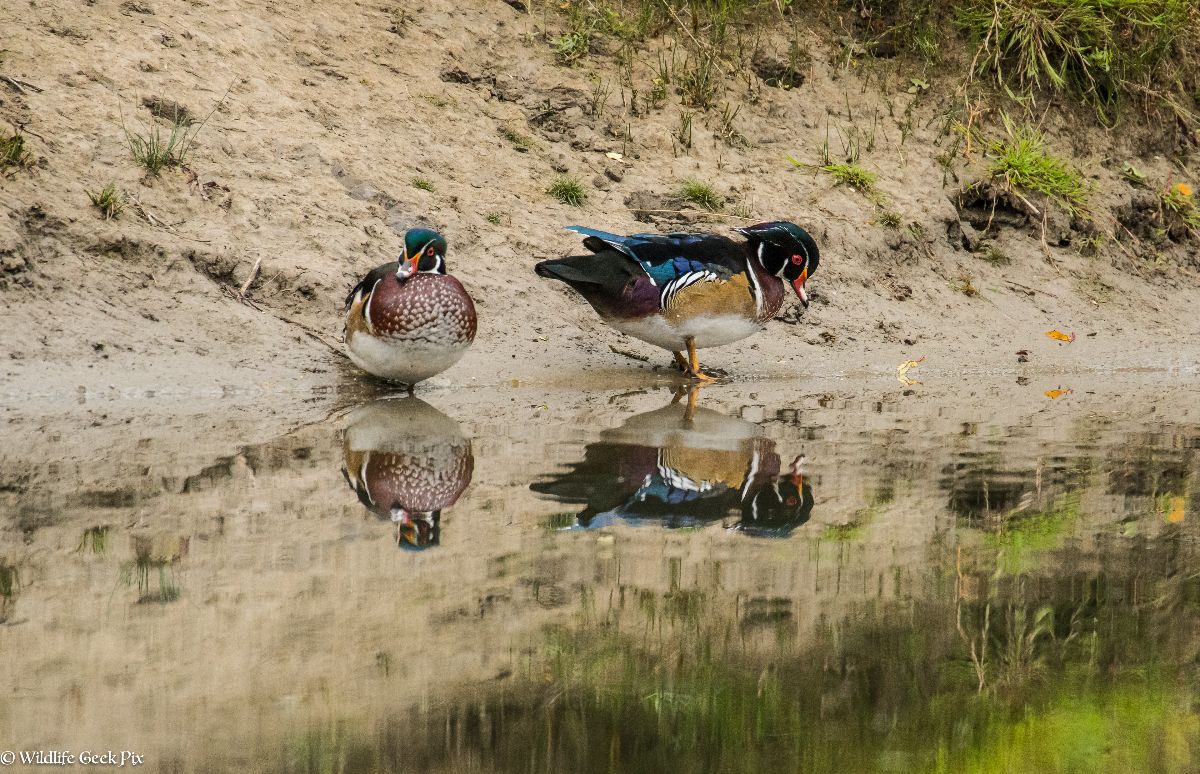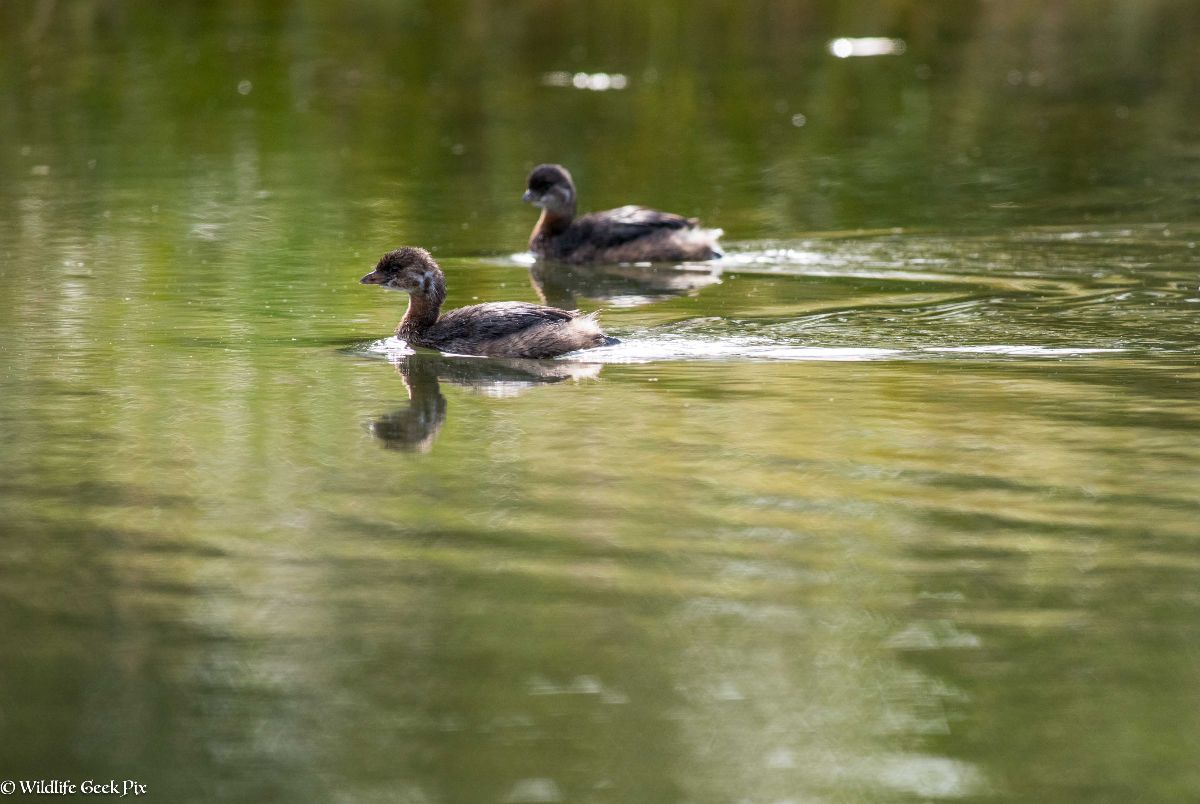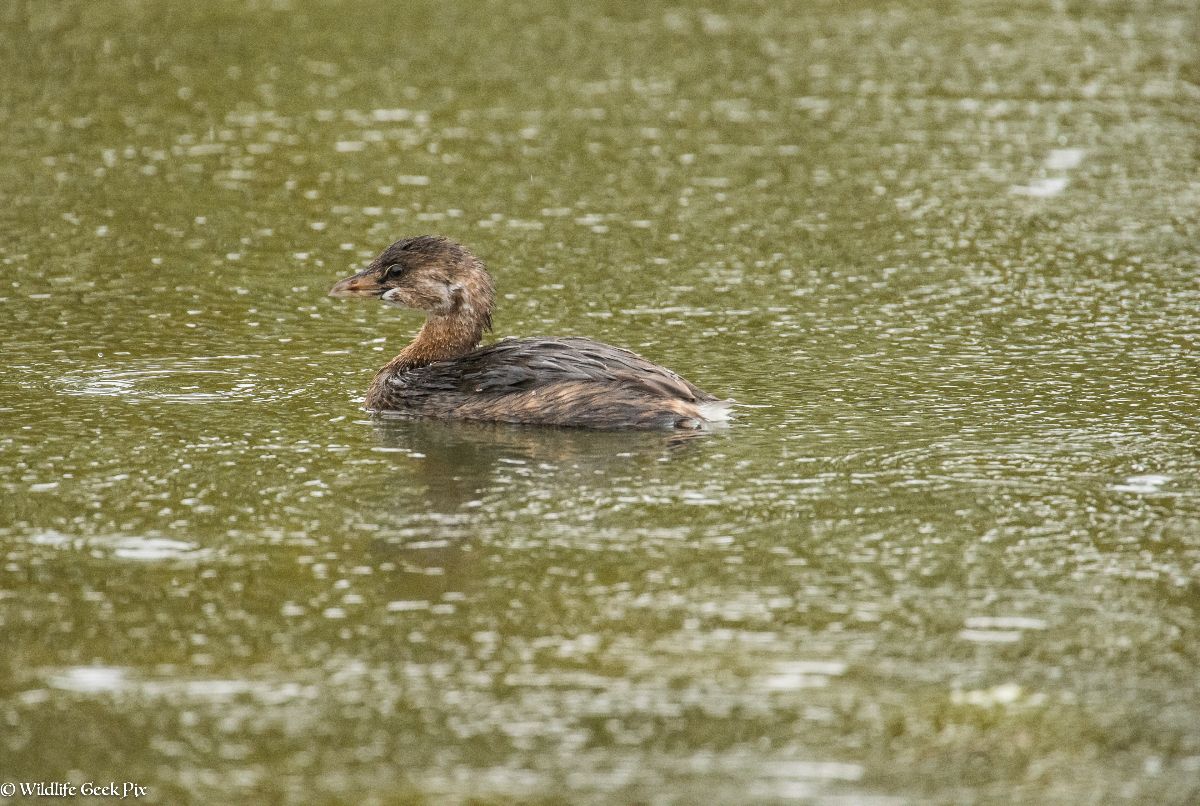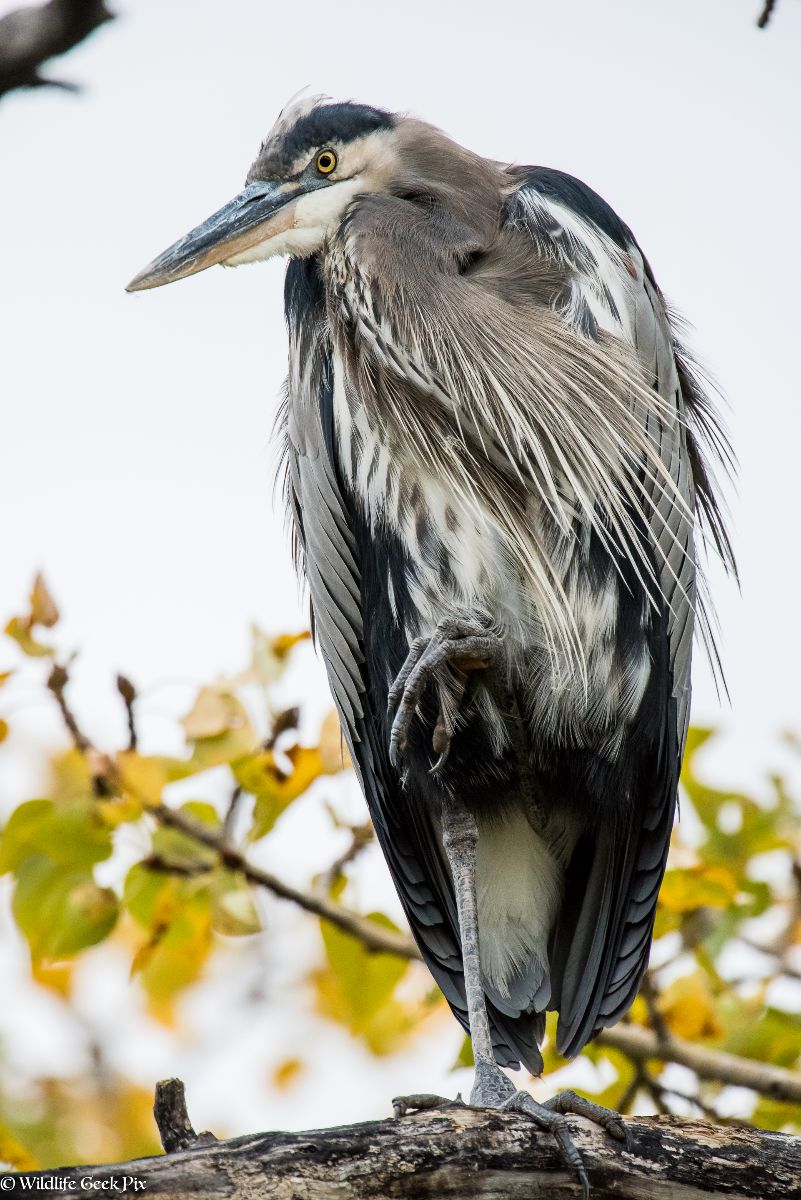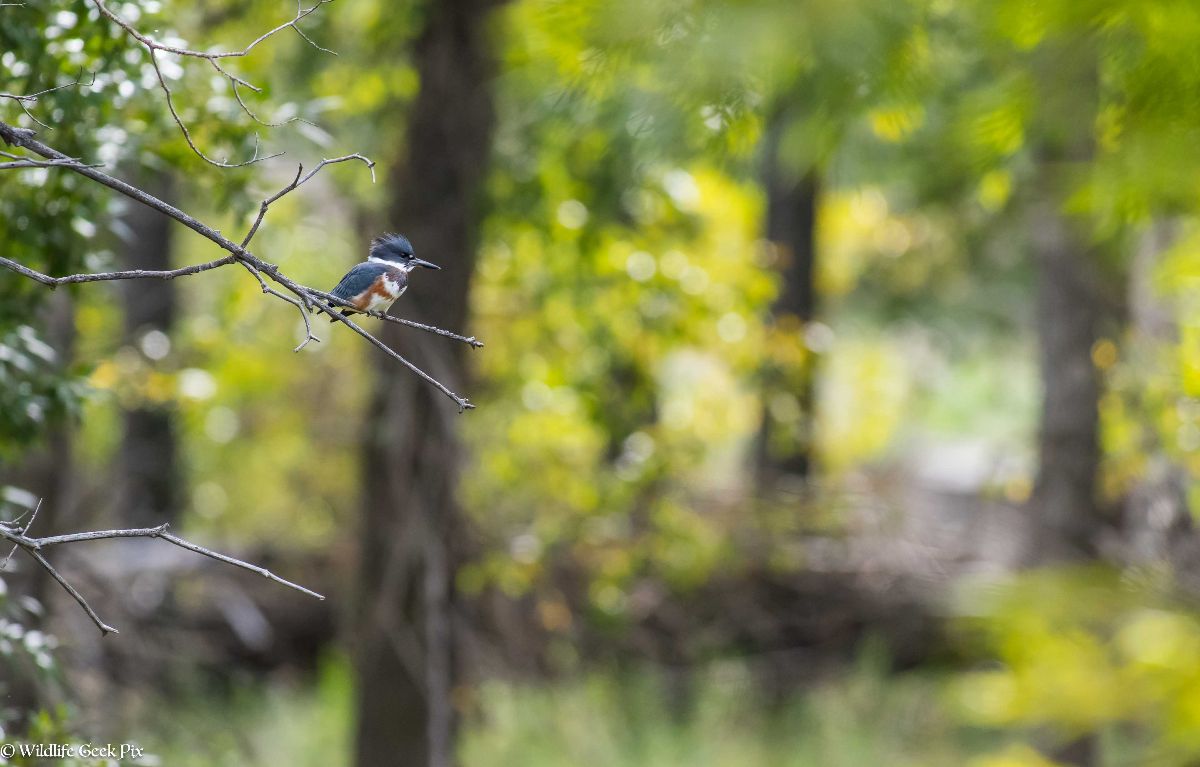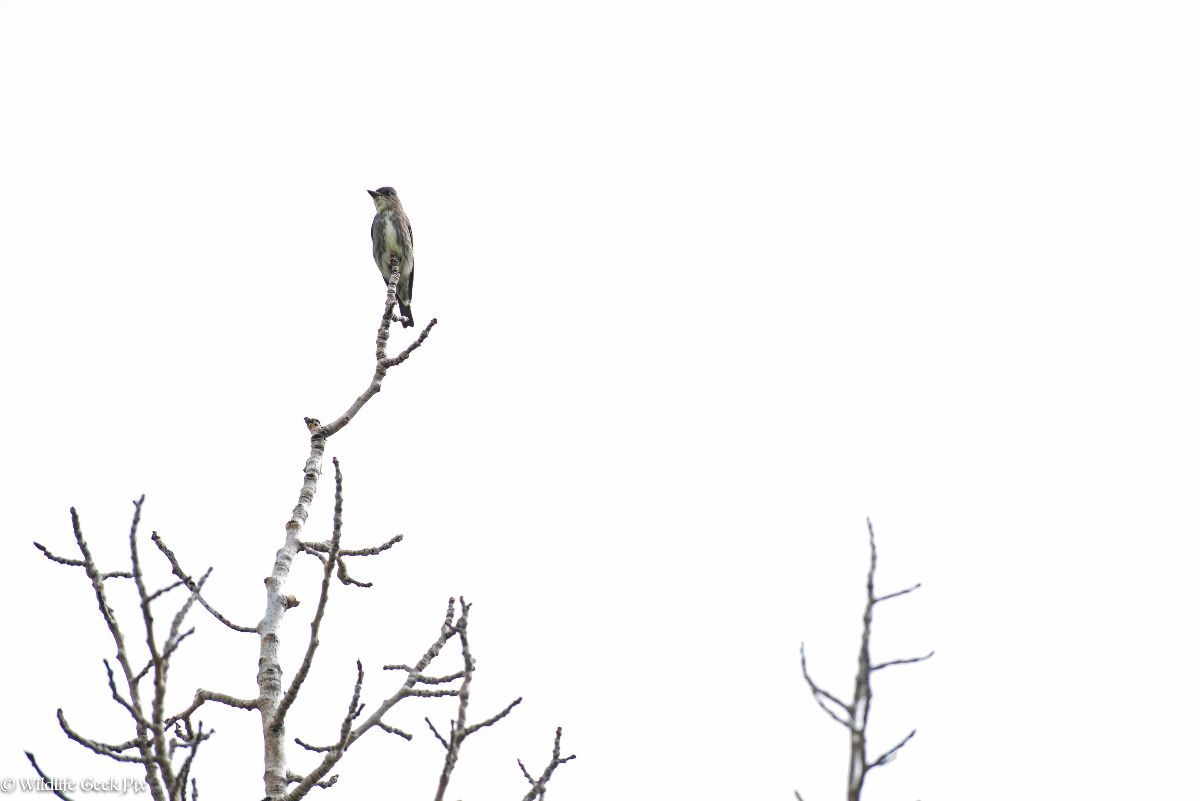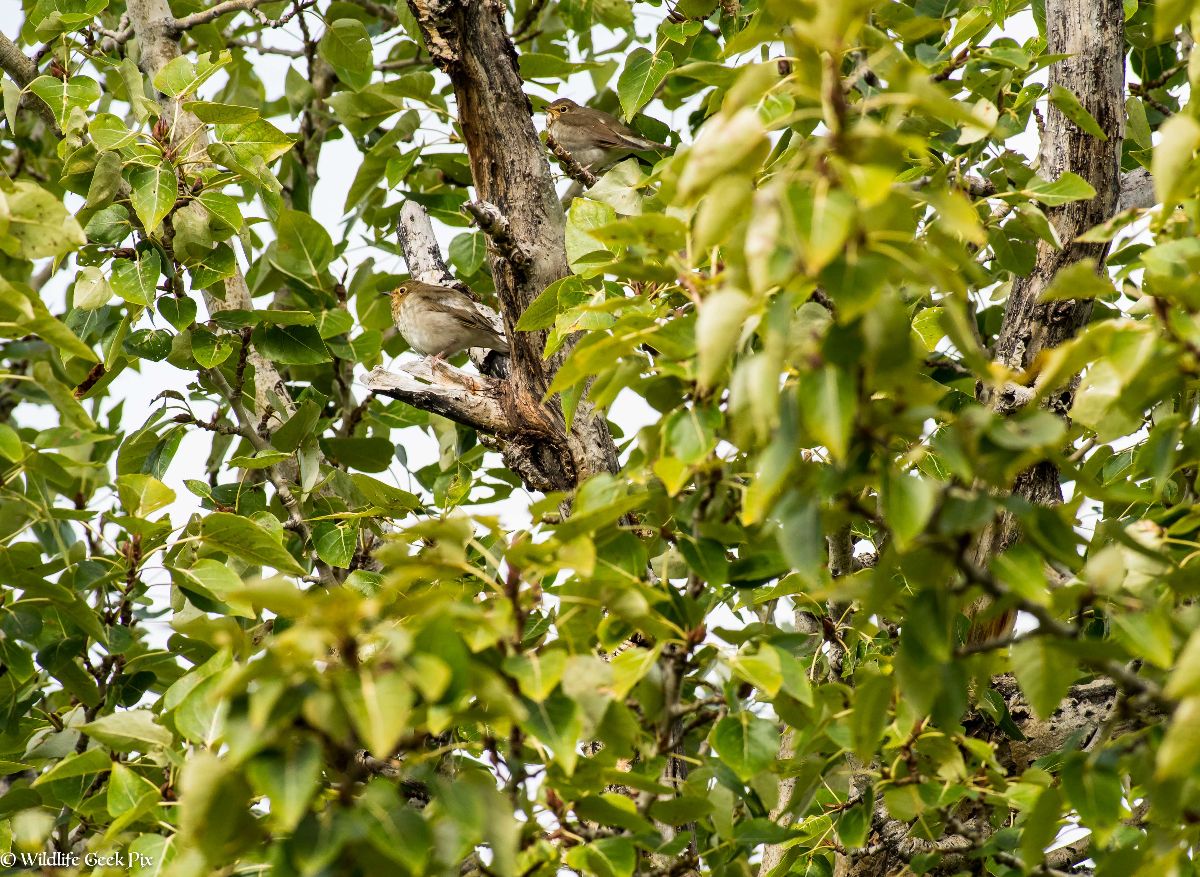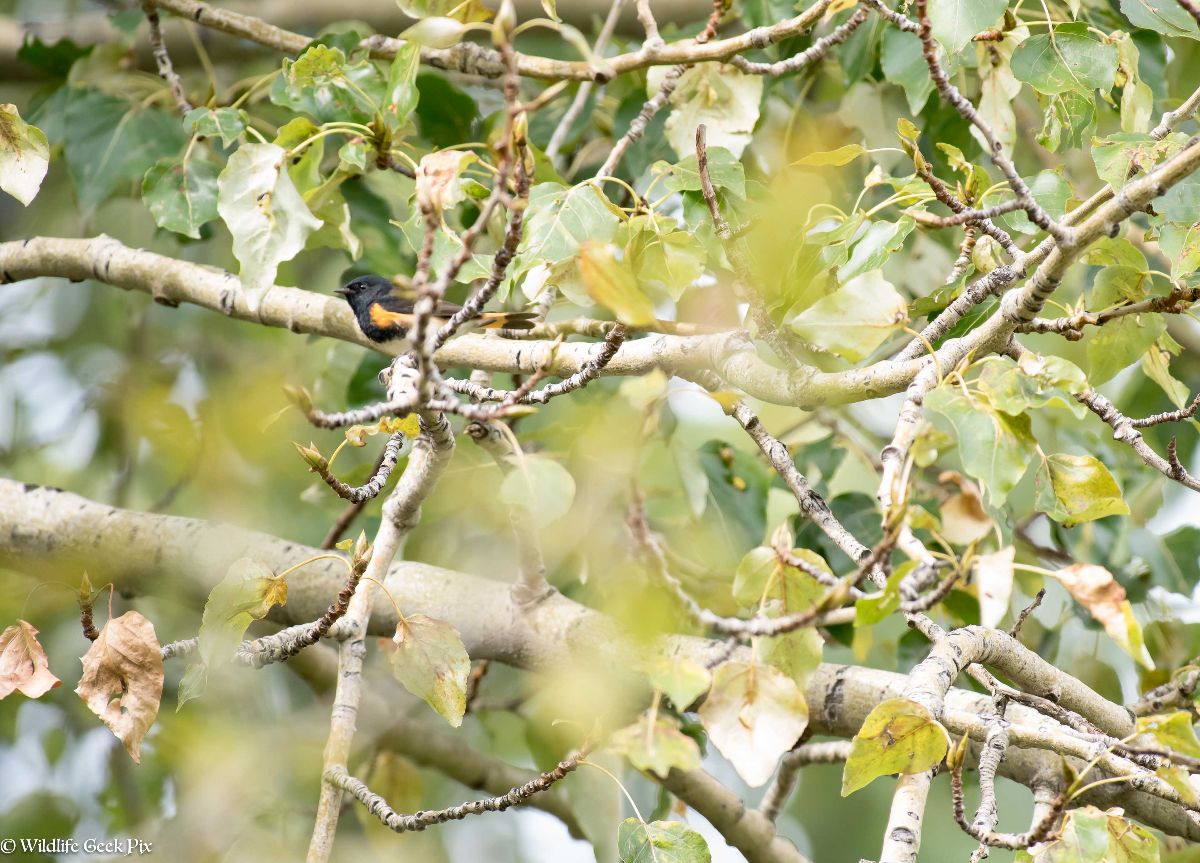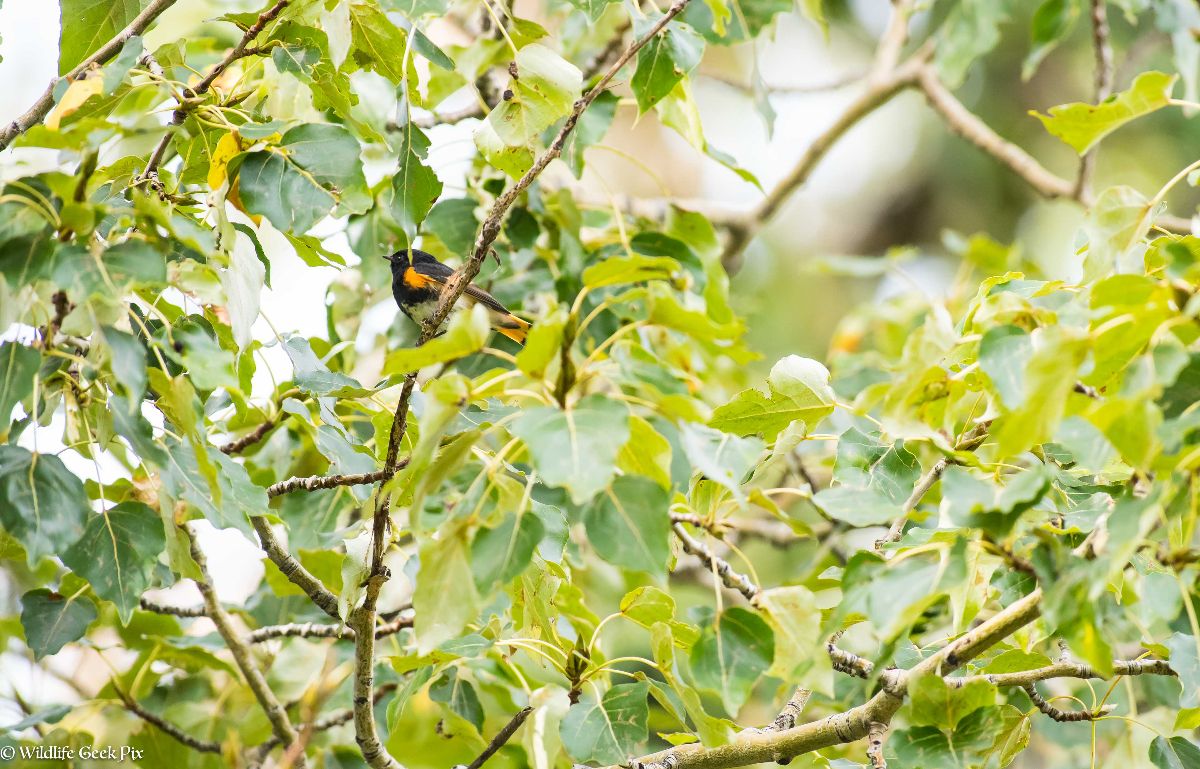Posted by Bob Lefebvre
We are down to the last week of the 2015 Calgary Birding Competition, so this will be the final update before we begin to collect the results. We still have some pretty close races, and there are some good birds around that competitors may still be able to add to their year lists. Gyrfalcons, Black-backed and American Three-toed Woodpeckers, and Short-eared Owls have been seen in the rural areas, and Northern Cardinal, Harris’s Sparrow, Purple Finch, and Brown Thrasher (which is easy to miss in the summer) were recorded (so far) during the Christmas Bird Count week in Calgary.
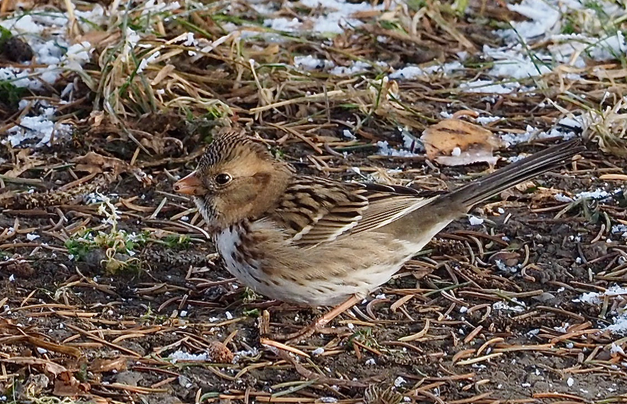
Harris’s Sparrow, photographed at the Inglewood Golf Course, Dec. 13, 2015, by Trevor Churchill.
Leaders, 80-km circle:
Here are the top competitors listed with their species totals and categories (the “Not Eligible” competitors are on the organizing committee). Also included is the number of complete checklists they have submitted to eBird within the 80-km circle. This total does not include “incidental” sightings.
Using the arrows you can sort the columns to see all the participants in one category listed together, or sort by number of species, or number of checklists. You can also increase or decrease the number of lines shown.
80-km Circle Leaders, December 23, 2015
| Overall Rank | Name | Species | Checklists | Category |
|---|---|---|---|---|
| 1 | Brian Elder | 275 | 128 | Experienced |
| 2 | Ray Woods | 257 | 79 | Experienced |
| 3 | Blake Weis | 256 | 628 | Experienced |
| 4 | Dan Arndt | 254 | 264 | Not Eligible |
| 5 | Aidan Vidal | 240 | 81 | Youth |
| 6 tie | George Best | 235 | 223 | Experienced |
| 6 t | Dan Parliament | 235 | 187 | Experienced |
| 6 t | Birdboy Canada | 235 | 180 | Youth |
| 9 | Andrew Hart | 234 | 249 | Not Eligible |
| 10 t | John Thompson | 232 | 282 | Experienced |
| 10 t | N Denton | 232 | 176 | Experienced |
| 12 | Cindy Parliament | 230 | 141 | Experienced |
| 13 | Trevor Churchill | 225 | 108 | Experienced |
| 14 | Graeme Mudd | 224 | 202 | Beginner |
| 15 t | Aphtin Perratt | 222 | 101 | Beginner |
| 15 t | Chris Macintosh | 222 | 101 | Beginner |
| 17 | Andrew Slater | 219 | 156 | Not Eligible |
| 18 | R Painter | 219 | 309 | Not Eligible |
| 19 t | John Anderson | 217 | 466 | Experienced |
| 19 t | Lorrie Anderson | 217 | 463 | Experienced |
| 21 | Bob Lefebvre | 214 | 503 | Not Eligible |
| 22 | Nicole Pellerin | 205 | 164 | Beginner |
| 23 t | Linda Vaxvick | 203 | 259 | Experienced |
| 23 t | Judy Swan | 203 | 222 | Experienced |
| 25 t | Phil Cram | 201 | 65 | Experienced |
| 25 t | Christopher Naugler | 201 | 74 | Experienced |
| 27 | Darlene Shimkiw | 195 | 137 | Beginner |
| 28 | John Bargman | 187 | 130 | Experienced |
| 29 | Janet Gill | 181 | 104 | Experienced |
| 30 | Peter Hoyer | 175 | 73 | Experienced |
| 31 | Simone Pellerin-Wood | 173 | 93 | Youth |
| 32 t | Dave Russum | 170 | 317 | Experienced |
| 32 t | Rob Worona | 170 | 33 | Experienced |
| 34 | Anne Belton | 169 | 99 | Experienced |
| 35 | Jan Roseneder | 153 | 315 | Experienced |
| 36 | Jeremy Quickfall | 151 | 51 | Beginner |
| 37 | Saravana Moorthy | 133 | 75 | Beginner |
| 38 | Joan Walker | 131 | 14 | Not Eligible |
| 39 | Sue Konopnicki | 127 | 57 | Experienced |
| 40 | Bernard Tremblay | 95 | 26 | Experienced |
| 41 | Bernie Diebolt | 94 | 24 | Experienced |
| 42 | Rachel Mackay | 92 | 28 | Beginner |
| 43 | Michael Rogers | 78 | 41 | Experienced |
| 44 t | Tony LePrieur | 75 | 23 | Beginner |
| 44 t | Byron Chu | 75 | 13 | Experienced |
| 46 | Hannah Lilles | 61 | 5 | Youth |
| 47 | Robin Naugler | 48 | 4 | Youth |
| 48 | Brett Lybbert | 46 | 12 | Beginner |
| 49 | David Sim | 34 | 22 | Experienced |
| 50 | Lucianna Lybbert | 32 | 8 | Youth |
| 51 | Jarom Lybbert | 31 | 11 | Youth |
| 52 | Katrina Lybbert | 30 | 9 | Experienced |
| 53 | Gord Newel | 27 | 8 | Beginner |
| 54 | Angela Bell | 21 | 11 | Experienced |
| 55 | Lynn Wilsack | 20 | 11 | Beginner |
| 56 | Reginald Lybbert | 12 | 1 | Youth |
| 57 | David Archer | 11 | 2 | Beginner |
| 58 | Sylvia Checkley | 4 | 0 | Beginner |
| 59 | Jim Donohue | 1 | 0 | Experienced |
So far this year, 290 species have been reported on eBird in the Calgary county alone.
Yard Challenge Update
Here are the leaders, showing the number of species identified in or from the competitor’s yards.
Yard Challenge Leaders, December 23
| Rank | Name | Species |
|---|---|---|
| 1 | Phil Ullman | 88 |
| 2 tie | John Anderson | 59 |
| 2t | Lorrie Anderson | 59 |
| 4 - Not Eligible | Bob Lefebvre | 59 |
| 5 t | Judy Swan | 55 |
| 5 t | John Bargman | 55 |
| 7 | Dave Russum | 42 |
| 8 | Michael Rogers | 33 |
| 9 | Brian Elder | 31 |
| 10 | David Sim | 29 |
| 11 | Linda Vaxvick | 27 |
| 12 - Not Eligible | R Painter | 25 |
| 13 | Rachel Mackay | 24 |
| 14 t | Nicole Pellerin | 23 |
| 14 t | Phil Cram | 23 |
| 16 | Graeme Mudd | 20 |
| 17 | Peter Hoyer | 19 |
| 18 t | Simone Pellerin-Wood | 18 |
| 18 t | Darlene Shymkiw | 18 |
| 20 | Jan Roseneder | 15 |
| 21 | Lynn Wilsack | 13 |
| 22 - Not Eligible | Andrew Hart | 12 |
| 23 t | Brett Lybbert | 11 |
| 23 t | Janet Gill | 11 |
| 23 t | Katrina Lybbert | 11 |
| 26 t | Lucianna Lybbert | 9 |
| 26 t | Saravana Moorthy | 9 |
| 28 | George Best | 7 |
| 29 t | Zoe Keefe | 6 |
| 29 t | David Archer | 6 |
| 31 | Anne Belton | 4 |
| 32 | Jarome Lybbert | 3 |
| 33 t | Hannah Lilles | 1 |
| 33 t | Claude Benoit | 1 |
We will have the preliminary final results of the competition early in the new year, and will give an update at the Nature Calgary Bird Studies Group meeting on Wednesday, January 6. The prizes will be awarded at the January Birds & Beers get-together on Friday, January 29, 2016.
Donate to the competition
Thank you to all who have generously donated money to be put towards prizes for the competitors. If you would like to support the goals of our competition, please go to Nature Calgary’s Competition page.There are instructions about how to make a contribution using their “Donate” page, and how to specify that your gift is for the competition. Nature Calgary is a registered charity. 100% of all gifts will be used to purchase prizes for participants.
